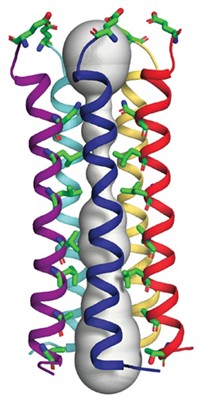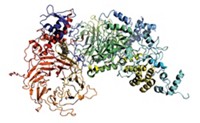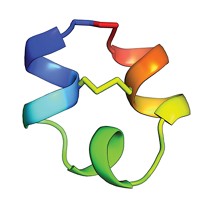Advertisement
Grab your lab coat. Let's get started
Welcome!
Welcome!
Create an account below to get 6 C&EN articles per month, receive newsletters and more - all free.
It seems this is your first time logging in online. Please enter the following information to continue.
As an ACS member you automatically get access to this site. All we need is few more details to create your reading experience.
Not you? Sign in with a different account.
Not you? Sign in with a different account.
ERROR 1
ERROR 1
ERROR 2
ERROR 2
ERROR 2
ERROR 2
ERROR 2
Password and Confirm password must match.
If you have an ACS member number, please enter it here so we can link this account to your membership. (optional)
ERROR 2
ACS values your privacy. By submitting your information, you are gaining access to C&EN and subscribing to our weekly newsletter. We use the information you provide to make your reading experience better, and we will never sell your data to third party members.
Biological Chemistry
Antibodies Against RNA
Library method to generate antibodies is widely applicable
by Carmen Drahl
December 24, 2007
| A version of this story appeared in
Volume 85, Issue 52

FOR THE FIRST TIME, researchers have used a generally applicable method to elicit antibodies against RNA. This achievement promises to bring routine antibody technology from protein research to the burgeoning RNA field. It could lead to the widespread use of RNA-binding antibodies in RNA structure determination and biochemical and medical diagnostics.
Traditional immunization-based antibody technology is not used to elicit antibodies to RNA, because nucleases degrade RNA that's injected into an animal. The new anti-RNA antibodies come from an existing library of phage-displayed synthetic antibody fragments that a team led by three University of Chicago professors—chemist Joseph A. Piccirilli and molecular biologists Shohei Koide and Anthony A. Kossiakoff—screened for binding to RNA.
The screening identified two antibody fragments that bind tightly and specifically to the 3-D structure of a model RNA called ΔC209 P4-P6. The team used one of those fragments to assist crystallization of the model RNA, making it possible to resolve its X-ray crystal structure at higher resolution than was attained previously (Proc. Natl. Acad. Sci. USA, DOI: 10.1073/pnas.0709082105).
Proteins can help RNA crystallize because "a protein's surface is more amenable to forming crystal packing interactions than a nucleic acid's," says William G. Scott of the University of California, Santa Cruz, a crystallographer who specializes in RNA structure.
In the presence of the antibody fragment, the model RNA maintains its previously observed structure. The fragment forms a pocket around a protruding uridine nucleotide in the RNA. Such bulged nucleotides, which are common in RNA structures, could provide a generalized handle for antibody binding, according to Piccirilli.
The team has "developed a technology that has many promising applications, given the ubiquitous functions of RNA in the cell," says Adrian R. Ferré-D'Amaré of Fred Hutchinson Cancer Research Center, Seattle. Although the library that yielded the RNA antibodies was designed to unearth protein-binding antibody fragments, the team is now engineering libraries better suited to RNA. Adjustments to the library have yielded antibodies to other RNAs, Piccirilli says.
Antibodies to proteins or polysaccharides are invaluable in cellular imaging and disease detection. The team hopes its approach will facilitate exploration of RNA's roles in biology.







Join the conversation
Contact the reporter
Submit a Letter to the Editor for publication
Engage with us on Twitter